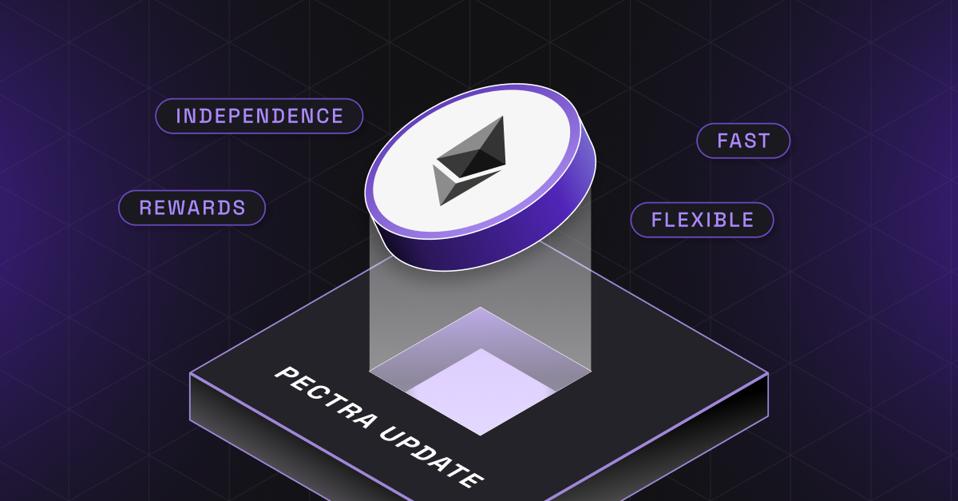Ethereum developers have taken a crucial step toward the long-anticipated Pectra upgrade by successfully testing it on the Hoodi testnet. This comes after two previous test attempts on Holesky and Sepolia encountered significant issues. The latest test allows staking providers and developers to prepare for Pectra’s rollout, which, if everything proceeds as planned, is expected to go live on April 25.
The Hoodi testnet operates parallel to Ethereum’s mainnet, providing a controlled environment to identify and address potential bugs before deployment. One of the most notable improvements introduced by Pectra is the ability to execute smart contracts directly from wallets. Additionally, the upgrade enables transaction fees to be paid using tokens other than Ethereum, addressing a long-standing inconvenience for users.
Market anticipation is growing as Ethereum whales have started accumulating the asset ahead of the potential upgrade. However, before Pectra can be fully integrated, Ethereum’s core developers must reach a consensus on the final changes. Many investors see this upgrade as a much-needed advancement to enhance accessibility and efficiency for everyday users.
“Upgrades are always going to have their hiccups,” remarked Nick Johnson, founder of Ethereum Name Service. “If delaying the mainnet launch ensures Pectra’s success, it’s a worthwhile tradeoff. While some in the community may find Ethereum’s methodical approach frustrating, it’s a testament to the core developers’ commitment to quality over speed.”
The potential impact of this upgrade has already caught the attention of industry leaders. Arthur Hayes, co-founder of BitMEX, recently estimated that Ethereum could reach $5,000, reaffirming his belief that it will continue to outperform Solana. With Pectra, Ethereum wallets will function more like smart contracts, offering enhanced features such as batch processing and passkey authentication. The upgrade also aims to improve staking deposits and extend blockchain history, making it easier for applications that require vast amounts of data to operate efficiently.
The importance of the Hoodi testnet became even more evident following the challenges faced by Sepolia earlier this month. Launched on March 5, Sepolia experienced multiple disruptions, including an unidentified attack that resulted in the mining of empty blocks. In response to these issues, Ethereum developers accelerated the testing process on Hoodi to ensure a smooth transition to the Pectra upgrade.
The upcoming changes are particularly appealing to software developers, as they will allow wallets to incorporate custom functionalities. Notably, the ability to pay gas fees with alternative cryptocurrencies introduces greater flexibility in transaction processing. Furthermore, Pectra will significantly increase the staking limit from 32 ETH to 2,048 ETH while doubling the block size, ultimately reducing transaction fees—particularly for privacy-focused applications. The cost of call data is also set to rise, encouraging developers to adopt more efficient data storage methods, such as blobs.
With the Hoodi testnet demonstrating promising results, all eyes are now on the Ethereum development team as they finalize preparations for the Pectra upgrade. If successfully implemented, this upgrade could mark a major leap forward in Ethereum’s usability and scalability, reinforcing its position as a dominant force in the blockchain ecosystem.
By Alejandro Silva Ramírez, Crypto Analyst & Columnist

